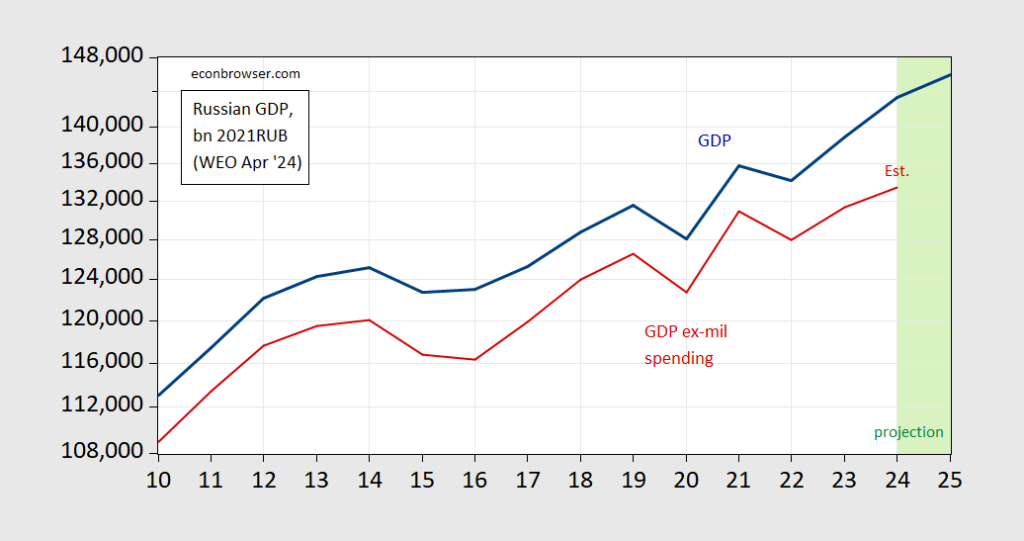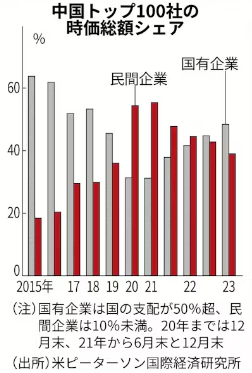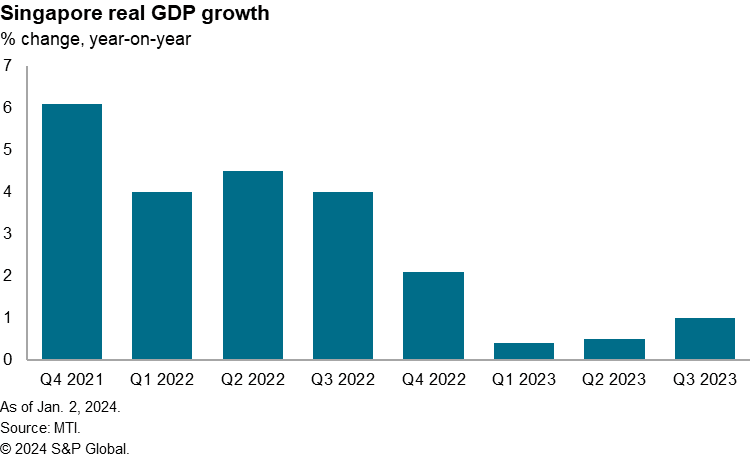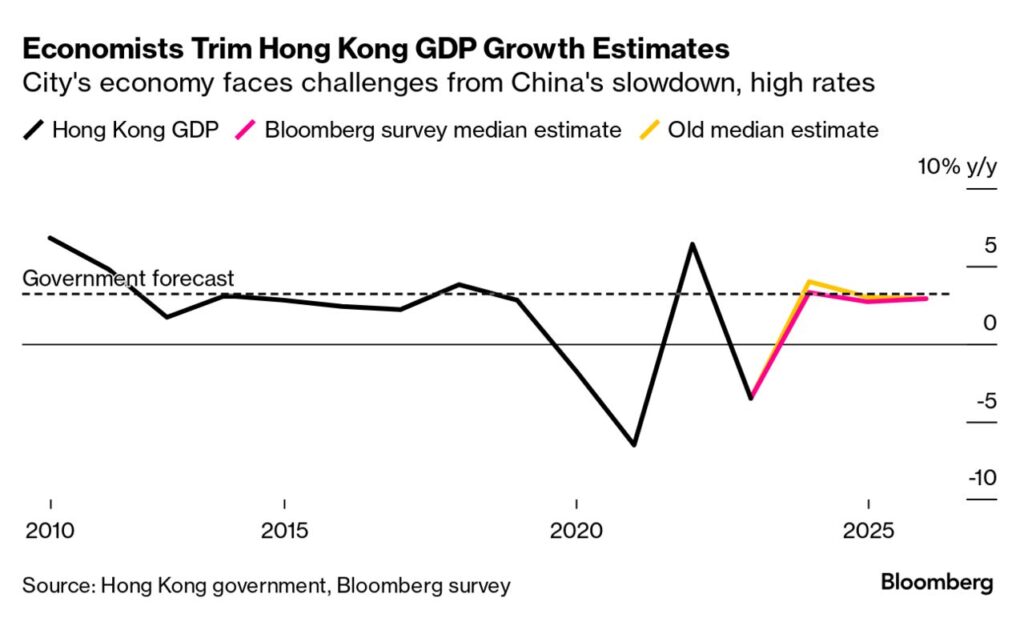Advantages and Limitations of GDP Data in Global Market Expansion
In today’s interconnected global economy, companies are increasingly aiming for growth with international markets in mind. One of the basic indicators often referred to in market evaluation is Gross Domestic Product (GDP). GDP data is widely used to assess a country’s economic situation and serves as a useful starting point when considering expansion into overseas markets. However, GDP has several limitations, and relying too heavily on it can lead to misunderstandings. To make wiser decisions, it is essential to consider not only GDP figures but also other critical factors.
In this article, we will explore the advantages and disadvantages of using GDP data, as well as additional considerations that can guide strategic business expansion.
What is GDP?
GDP stands for “Gross Domestic Product”. It represents the total value added generated within a country over a given period—such as one year—and indicates the state of economic activity. Value added refers to the worth created when selling goods or services, after deducting costs such as raw materials and distribution expenses.
Put simply, value added is essentially profit. GDP therefore shows how much profit has been created domestically and provides a straightforward measure of a nation’s economic health.
(Source: Mitsubishi UFJ Morgan Stanley Securities)
Advantages of Using GDP Data
GDP is a comprehensive indicator of a nation’s economic activity and serves as an important tool for companies seeking opportunities for expansion. A high or growing GDP suggests active economic activity and potential demand for products and services.
For example, a country with a GDP growth rate of 5% may indicate strong consumer spending and could represent an attractive market for companies, especially in retail, hospitality, and technology sectors. Additionally, GDP data allows comparative analysis across countries and regions, helping businesses prioritize focus on the markets with the highest growth potential.
This ability to compare is particularly useful when evaluating multiple expansion candidates. By analyzing GDP trends across different markets, companies can allocate resources strategically and concentrate on regions with stronger growth potential. Moreover, as a macroeconomic indicator, GDP reflects the overall health of an economy and can help mitigate risks when considering entry into unstable markets.
Limitations of Using GDP Data
While GDP provides valuable insights, it has several notable limitations.
First, it does not account for informal or underground economies. In certain regions, these can make up a significant share of economic activity. For instance, in many developing countries, informal sectors such as street vendors, local artisans, and small-scale producers contribute substantially to economic output, yet these contributions are not reflected in official GDP figures. As a result, the true market potential may be underestimated.
Furthermore, GDP growth does not necessarily translate into improvements in living standards or economic equality. A country may experience rapid GDP growth while still facing severe income inequality or environmental degradation. Such discrepancies can pose challenges for companies seeking to enter markets with a stable and prosperous consumer base.
Because GDP focuses on domestic production, it can also overlook contributions from foreign enterprises or export-driven sectors, limiting its usefulness for certain types of businesses.
In addition, GDP data is usually released quarterly, making it less effective at capturing long-term trends or cyclical fluctuations. To gain a comprehensive understanding of market stability, companies should also consider other indicators such as unemployment, inflation, and consumer confidence.
Key Considerations for Successful Market Expansion
To achieve successful market expansion, companies need to evaluate factors beyond GDP. One of the most crucial is market demand. Even if a country shows high GDP growth, expansion may fail if there is insufficient demand for a company’s products or services. Cultural compatibility and consumer preferences are also vital for long-term success.
Other critical considerations include regulatory environments, competitive landscapes, political stability, and the quality of infrastructure. For example, even in a country with high GDP growth, significant regulatory barriers or weak infrastructure could make efficient business operations difficult. Similarly, political stability and labor market conditions matter greatly. Skilled labor, political predictability, and favorable labor regulations can all enhance the chances of success in a new market.
Building a comprehensive expansion strategy requires thorough research and local expertise. Moreover, companies must factor in global economic fluctuations and geopolitical influences. As recent events such as the conflict in Ukraine and shifts in China’s economic situation have shown, adaptability and up-to-date awareness are essential for businesses aiming to expand internationally.
The Importance of Sustainable Growth: Lessons from Russia and China

Source: https://econbrowser.com/archives/2024/07/russia-real-gdp-and-gdp-ex-military-spending
Focusing on the Spending That Drives GDP
Even two and a half years after the invasion of Ukraine, Russia’s GDP data still appears resilient. According to the International Monetary Fund (IMF), Russia’s economy is projected to grow by 3.2% in 2024. However, this growth is largely supported by government spending, particularly military expenditure, which is expected to reach 6% of GDP in 2024.
While this short-term stimulus boosts GDP figures, it comes at the cost of long-term development. Productivity, investment, and the labor market are all stagnating. The decline in labor productivity and diversion of funds away from productive uses suggest a bleak long-term growth outlook for Russia. This highlights the importance of focusing not only on GDP growth but also on factors such as investment in human capital and innovation.

Source: https://www.nikkei.com/article/DGKKZO73617400V10C23A8EP0000/
Balancing State-Owned and Private Enterprises
China, on the other hand, demonstrates the difficulty of maintaining sustainable growth in a rapidly changing economy. In 2023, its GDP growth rate reached 5.2%, but structural challenges—such as the real estate crisis and a decline in foreign investment—have raised concerns about the sustainability of that growth.
Additionally, the increasing role of state-owned enterprises, often seen as less productive than private firms, casts a shadow over the economic outlook. However, China’s focus on emerging technologies—such as renewable energy and electric vehicles—suggests a possible shift toward sustainable drivers of future growth.
Expansion into Singapore

Source: https://www.spglobal.com/marketintelligence/en/mi/research-analysis/apac-economic-outlook-for-2024-remains-bright-jan24.html
For companies considering expansion into Singapore, the country’s strong commitment to technological innovation, infrastructure development, and investment in human capital is highly attractive. Singapore’s very open economic environment provides access to global markets, while initiatives such as the government’s Future Energy Fund and substantial investments in AI and sustainability position it as a hub for advanced industries.
That said, companies must keep in mind that Singapore’s dependence on global trade means external economic shocks could influence local market conditions. Businesses entering Singapore need to align with the government’s long-term focus on sustainability and innovation—particularly in fields such as green energy, AI, and advanced technology.
Moreover, with Singapore’s emphasis on lifelong learning and skills development, companies can expect a workforce capable of adapting to new challenges. At the same time, they must contribute to ongoing employee training to remain competitive. As Singapore pursues a balance between short-term GDP growth and long-term sustainability, companies should plan with both immediate opportunities and future stability in mind.
Expansion into Hong Kong

Source: https://www.bloomberg.com/news/articles/2023-12-07/economists-see-hong-kong-s-growth-outlook-worsening-through-2024
Hong Kong, as a global financial hub, faces unique challenges in sustaining long-term economic growth. While its GDP is heavily influenced by global trade flows and financial markets, geopolitical tensions following the 2019 protests and its relationship with China have affected investor confidence and foreign capital inflows—undermining key drivers of growth.
One major area of concern for Hong Kong is its reliance on the real estate sector, which accounts for a significant share of the economy. Similar to the real estate crisis unfolding in mainland China, downturns in this sector could weigh heavily on overall economic performance. However, unlike China, Hong Kong benefits from a strong financial services sector, serving as a global gateway for capital flows, which helps offset vulnerabilities in other areas.
Companies planning to enter Hong Kong should carefully examine the region’s efforts to diversify its economy, particularly in technology, innovation, and education. Government initiatives such as InnoHK and collaborations within the Greater Bay Area offer growth opportunities in high-tech industries, fintech, and innovation-driven sectors.
At the same time, businesses must remain mindful of challenges such as Hong Kong’s high dependence on real estate and widening income inequality, both of which could affect consumer spending and market stability in the long term. Therefore, expansion strategies should adopt a balanced approach that considers both the opportunities provided by Hong Kong’s financial and business environment and the risks associated with its local market volatility.
Companies that invest in innovation, sustainable growth, and talent development will be well-positioned to succeed in Hong Kong’s evolving market landscape.
Summary
When expanding into overseas markets, GDP data serves as a fundamental indicator, but it is not sufficient on its own. Businesses must also comprehensively assess other factors such as market demand, regulatory environment, infrastructure, and political stability. As seen in the cases of Singapore and Hong Kong, strategies that emphasize sustainable growth and technological innovation open the door to new opportunities. In particular, investments in sustainable energy and advanced technologies are key to securing long-term competitiveness.
Feel free to contact us
At MAY Planning, we provide analysis using GDP and other economic indicators, as well as advisory services on market entry strategies for Singapore and Hong Kong. We also support risk assessments related to regulation, infrastructure, and political stability, along with detailed planning for expansion into these markets.
Reference:
1)Terence Ho「Commentary: GDP is not the best measure of a nation’s success」, CNA, https://www.channelnewsasia.com/commentary/gdp-measure-health-success-economy-quality-growth-more-important-4547671
2)Karl Montevirgen「Taking the economy’s temperature: How understanding GDP can help you make better investing decisions」, Britannica Money, https://www.britannica.com/money/what-is-gdp
3)Elvis Picardo「The Importance of GDP」, Investopedia, https://www.investopedia.com/articles/investing/121213/gdp-and-its-importance.asp


